You might say the perfect way to start film photography as a young boy is with a Canon AE-1. I took it everywhere, including multiple travels to Europe. The AE-1 was given to me by my dad for high school photography classes. This love of that SLR continued on for years until 2001 when I purchased my first digital camera, the Toshiba PDR-M61. While the photos didn’t have the quality of film, I also didn’t have to pay for processing or wait time. Add to that, people were starting to look at photos on websites or via email attachments, so even printing was less of an issue. As the years went on I would upgrade point and shoot digitals here and there until a friend of mine offered to sell me her Nikon D70 in 2010.
The Nikon D70 was a game changer despite the fact that the D70 was going on six years. A 2004 Nikon APS-C DSLR looked very close to its film predecessors immediately before. Chunky DSLRs with a wide range of lens options despite the D70 being only six megapixels. At that time a six megapixel photo was plenty for printing and the quality was excellent in good lighting.
Digital back to Film
I had basically stopped shooting all film in 2004 with a Kodak Advantix C700 APS film camera. In 2007 I briefly pulled out the AE-1 again to take photos of my newborn son with some expired film that I developed at Target. Target was wrapping up it’s in-store photo processing around then. So for a good ten years after, my film days were dormant. Now fast forward to the beginning of 2020 — I had a total of three Nikon DSLRs and a host of great vintage film cameras and lenses I had begun collecting around 2017. You see around 2017 my desire to return to film took off again especially when I realized how cheap the cost was for most of them.
Today I still have my old faithful Canon AE-1 with a series of about five lenses, an Olympus OM-1, and several Minoltas with a dozen plus lenses. I was wanting to shoot these lenses more, and I was also tired of lugging around big Nikon DSLRs. The result was trying to find a mirrorless camera that could satisfy both. I first looked at Sony with their popular a6000, and of course the more expensive a7 series that would give me full frame and a true display of the lenses. For both neither was quite right, the a6000 didn’t feel good in my hand, and the a7 series, a bit too large.
Fujifilm Enters the Mix
Everything changed when I looked into Fujifilm. Not only did their cameras look like old film ones, but they also had a niche with film simulation, which is something that is important to me when processing digital shots. I really enjoy film simulations and would spend a lot of time in post using Lightroom with VSCO filters to get that perfect Ektar 100 or Fuji Superia 400 look from my Nikon photos.
With Fujifilm my first sort of introduction was with their X100 series. I was eyeing the X100F quite a bit. Hearing all sorts of great reviews and constant praise of this system. The only thing was, I wanted to use my lenses. The entire X100 series has only a fixed lens like many of the film rangefinders from years back. Where would I go from here? A camera that looked more like a rangefinder than an SLR was my focus, so I started combing Reddit for answers. After posting some questions on an Fujifilm group, out popped the X-E series that could satisfy my personal criteria. I began doing comparisons of the X100 to X-E series and got it down to the X-E2.
Finding the Hybrid Answer
In February I had the opportunity to purchase the X-E2 (body only) for a fantastic price. The X-E2 has a larger viewfinder (0.5 in) than the X-E3 (0.39 in) which was even better since I wear glasses. It is basically the size of my OM-1 but shaped more like a Canonet rangefinder. Next up I purchased three Fotasy adapters for all my Canon, Minolta, and Olympus lenses. I wanted this camera to be totally a hybrid experience of both film and digital. Like film I would shoot with manual lenses and use an in-camera stock film simulation or create my own. With some research, even find recipes from experts out there for Fujifilm. Either way I could post shots straight out of the camera. No more post-processing like before! Shooting RAW + JPG is always an option if I wanted to do more post work.


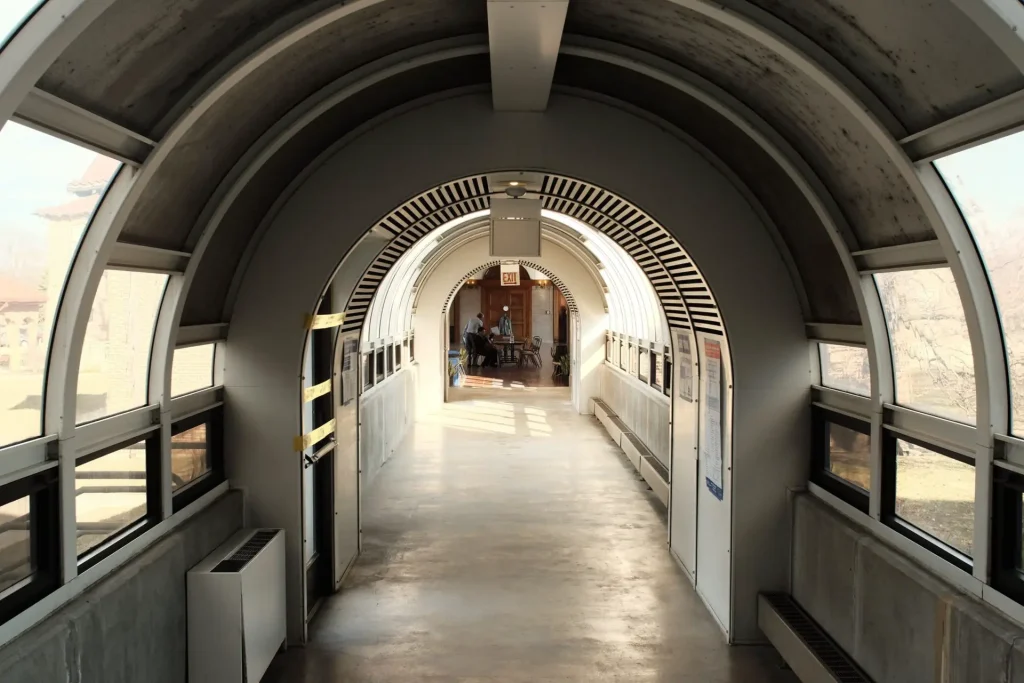
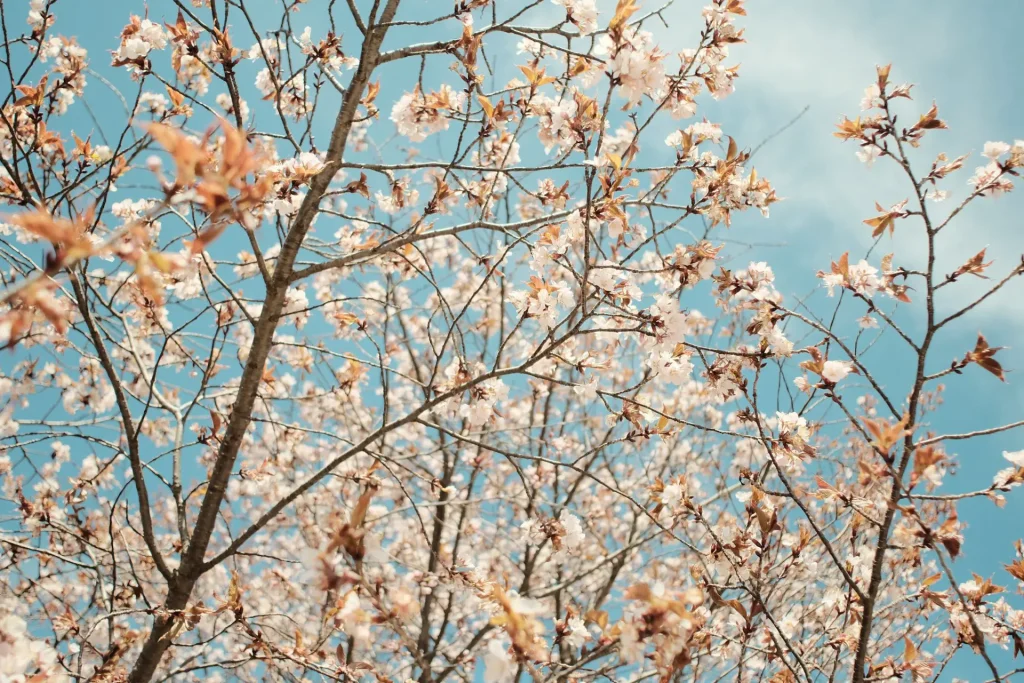
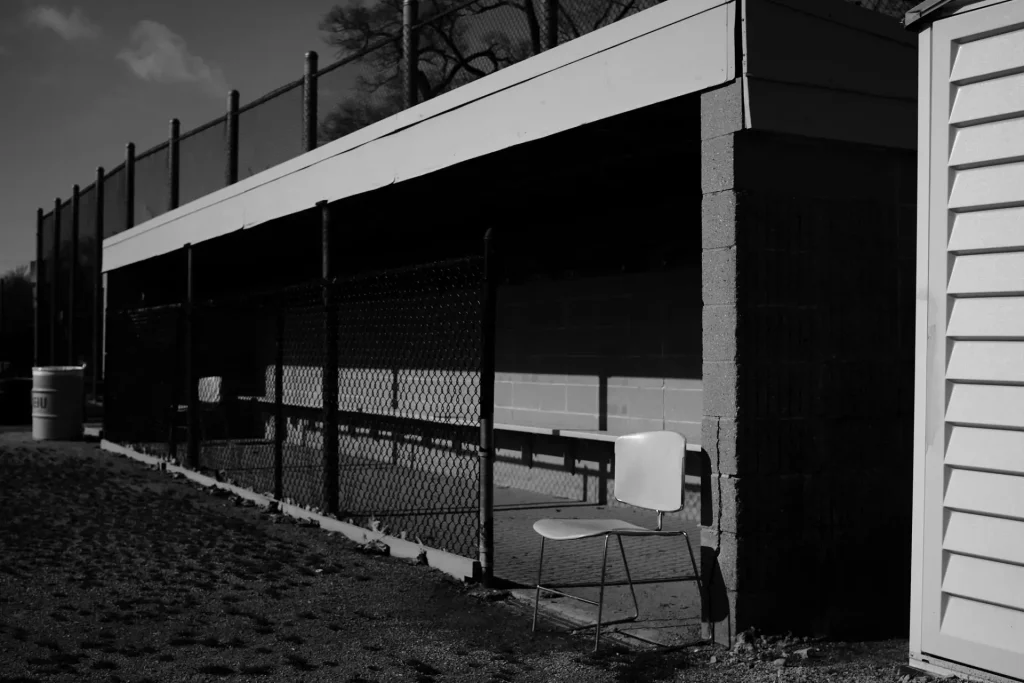
In Conclusion
Despite the camera being six years old, the quality of the photos amaze me even today. At a high ISO of 6500, the grain is still very low. The range of speed during the day with the aperture wide open is nearly limitless. The X-E2 can shoot with it’s mechanical or electronic shutter. For super high speeds the electronic shutter can be used effectively for outdoor situations, but most of the time the mechanical one is used for light accuracy, especially indoors. And finally I find the focus peak highlight mechanism spot on. Reminds me of a rangefinder but instead of two images converging, the edge of what you’re focusing on becomes very detailed. So here you have it, this X-E2 satisfies both my love of film and digital and today is my favorite go-to camera for all situations.
Thank you. To see more of my work, please visit my Instagram page.
Share this post:
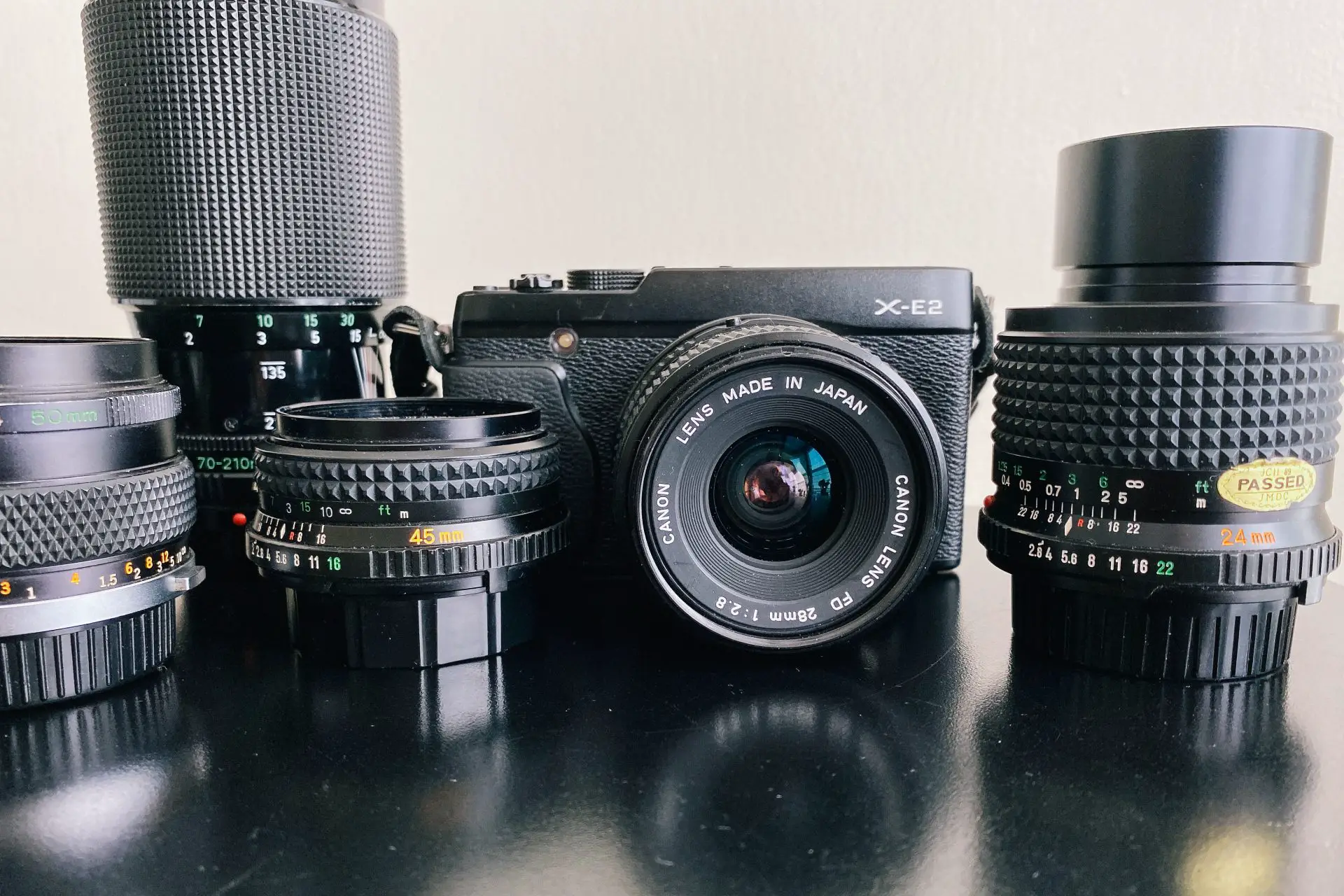
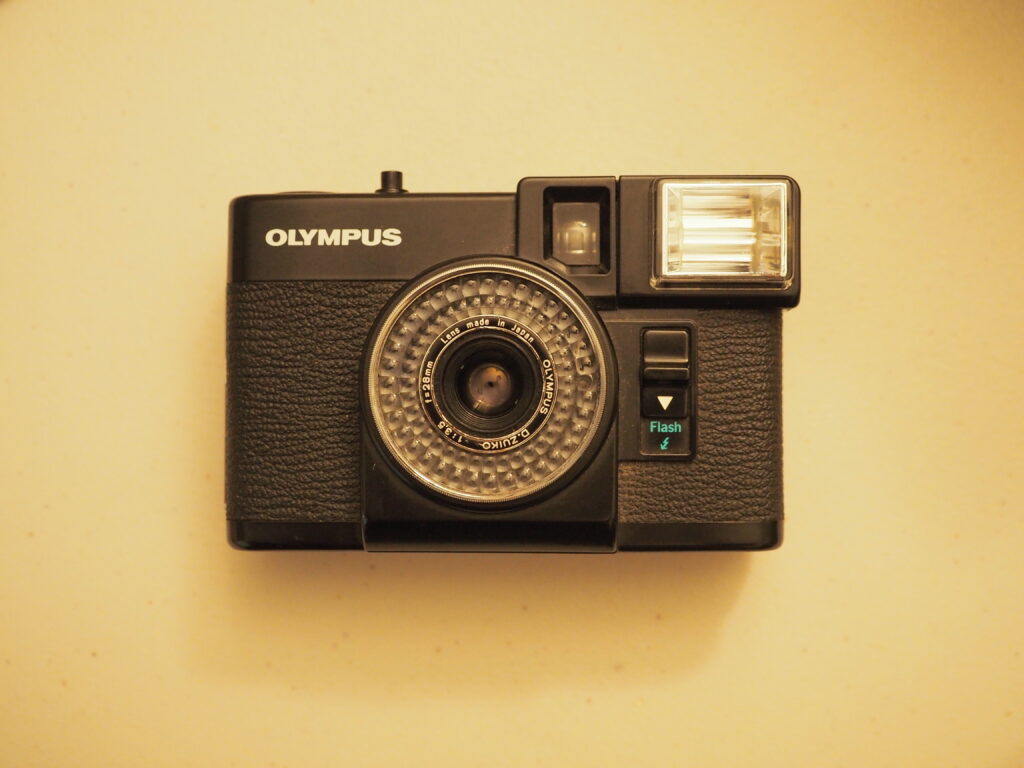

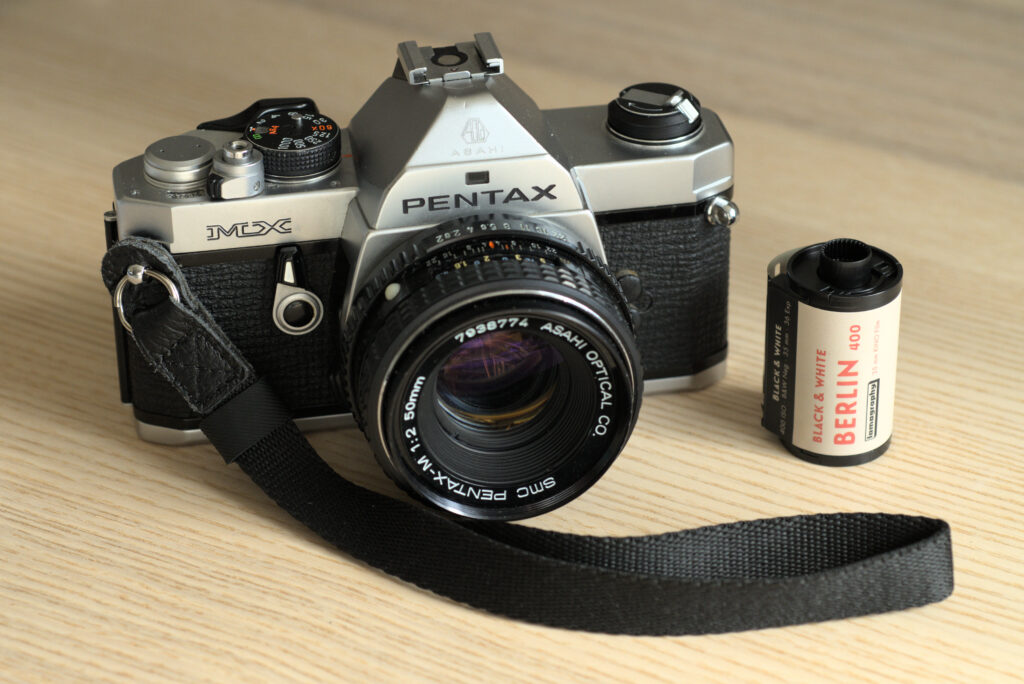
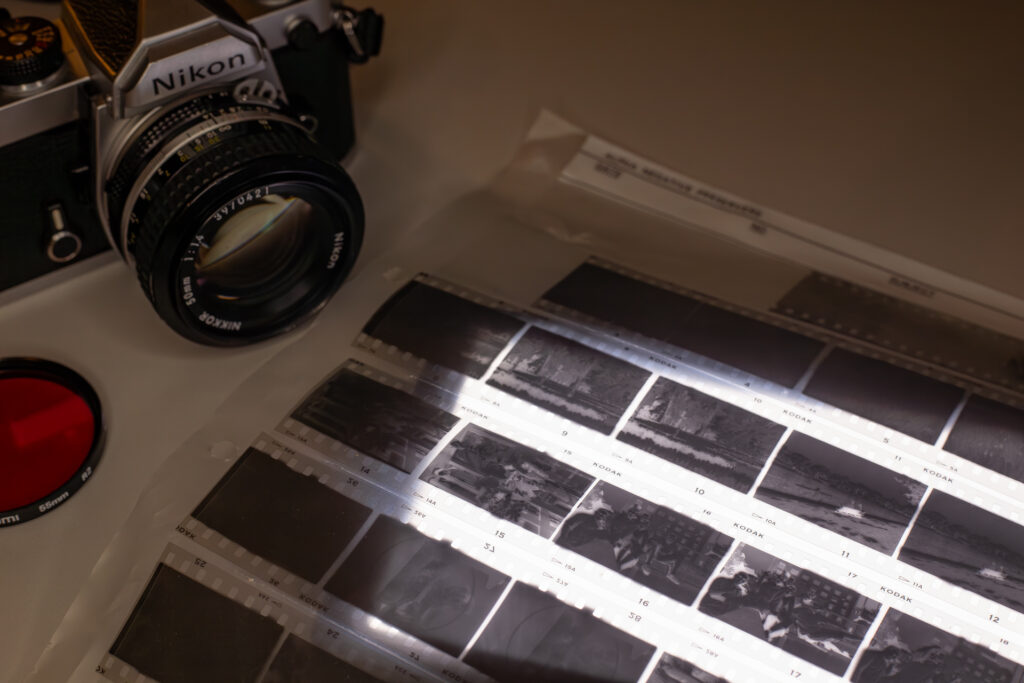




Comments
Magnus919 on 5 Frames with the Fujifilm X-E2 – The Hybrid Photographer – by Sean Benham
Comment posted: 05/09/2020
I've got a pretty good collection of Fuji kit, but also vintage lenses. The X-E1 makes perfectly suitable photos, but I find the ergonomics difficult. Especially the viewfinder refresh rate, which makes it harder to quickly compose an image or to have a good sense of what it will look like.
The X-Pro3 has a perfectly beautiful viewfinder. But the camera is larger/heavier, and the photos are almost too clean. Missing the "character" that one would get from film or even an older digital Fuji.
How is the viewfinder refresh in the X-E2? Is that something they'd nailed down by that point in the evolution of the Fuji system?
Something you called out earlier that I still struggle with: vintage lenses on crop sensors. So much of the character of these lenses comes in at the edges, but the APS-C sensors crop those edges. The Sony A7 series definitely puts these lenses to better use, but the Fuji is just so much more fun to shoot with. Still wishing for the best-of-both-worlds camera.
Comment posted: 05/09/2020
Bruno Chalifour on 5 Frames with the Fujifilm X-E2 – The Hybrid Photographer – by Sean Benham
Comment posted: 05/09/2020
Now the XE-2 is a good camera and a step better than the XE-1 (especially for the rendition of greens and AF speed), of course the XE-3 is one step better than the XE-2 regarding both areas [note: I have used all 3 models and am waiting for the XE-4]. Regarding its similitude with a range-finder, let us be clear: none. And that is why Fuji created both the X-100 and X-pro lines which are closer, without quite being it. To my knowledge now only Leica still produces "real" range-finders strictly speaking (with the exception of the latest Russian Zenith which is in fact a rebranded Leica M240).
Regarding lenses, one note, current lenses are far better than older ones, especially than film ones for three reasons: 1-lens design, assisted by computers, has widely improved (aspherical lenses for instance), 2-as a result the resolution (their capacity to render details) has also greatly improved (close to 50% from some 40 pairs of lines per mm to over 60), 3-the coating of lenses has also greatly improved in many ways. Added to that, Fuji has always had a very high reputation in lens design and manufacturing. Another fact: lenses are designed to match the cameras they are supposed to be designed for (using a Leica M lens or a Fuji X lens on a DSLR will not produce the same results as the same lenses mounted on the cameras and sensors they were designed for). In short if I were you I would look for a used 23 mm or 27 mm Fuji X lens for your XE-2, both are remarkable lenses especially considering their prices and were designed by Fuji for your camera. The 18-55 mm zoom is a tad more expensive but is also a wonderful all-around lens with noticeable quality. I hope this was helpful and gave you some perspective. Please enjoy your XE-2 and photography.
Comment posted: 05/09/2020
Peter on 5 Frames with the Fujifilm X-E2 – The Hybrid Photographer – by Sean Benham
Comment posted: 05/09/2020
These are great photos and keep on shooting!
Comment posted: 05/09/2020
Holly Gilman on 5 Frames with the Fujifilm X-E2 – The Hybrid Photographer – by Sean Benham
Comment posted: 05/09/2020
Comment posted: 05/09/2020
David Hume on 5 Frames with the Fujifilm X-E2 – The Hybrid Photographer – by Sean Benham
Comment posted: 06/09/2020
A cheeky suggestion I'd make is dropping $100 on the 7Artisans 35mm f1.2 in Xmount and having a play with that. In my view it has a nice feel to it and is like using a vintage lens except for the clickless aperture. That with the XE-2 is such a tiny "nifty fifty" combo for $300 total as to be pretty unbeatable for the money (IMHO). I've gotta say that while I love my old Nikkors, using them on the Fujis (X-E2 or X-Pro 3) just doesn't cut it because of the crop factor and the extra bulk of the adapter - but now your post has got me thinking about speedboosters again... might have been an expensive read.
Comment posted: 06/09/2020
Comment posted: 06/09/2020
Marc on 5 Frames with the Fujifilm X-E2 – The Hybrid Photographer – by Sean Benham
Comment posted: 06/09/2020
Currently, having Fun with it, whileas using the PerGear 25mm F1.8 cheapskate Lens, my other E1 (black) does use the Zonlai 22mm F1.8,
which is also nice, and does have Charactor, like the PerGear also. Both do render more Vintage-esque Pictures.
But mostly these days, i love to shoot Film. my X700 is one of my most used SLR, besides my Contax Gear.
Good Light.
Comment posted: 06/09/2020
Comment posted: 06/09/2020
Stis on 5 Frames with the Fujifilm X-E2 – The Hybrid Photographer – by Sean Benham
Comment posted: 06/09/2020
Comment posted: 06/09/2020
Clive W on 5 Frames with the Fujifilm X-E2 – The Hybrid Photographer – by Sean Benham
Comment posted: 07/09/2020
Come to think of it, the one thing I seldom do these days is to put a film lens on the X-E2 - although that old Nikon 35mm is probably the one that's most likely to get an outing; pointed towards the sun, it goes entertainingly crazy in a way no modern lens can.
Comment posted: 07/09/2020
Comment posted: 07/09/2020
Comment posted: 07/09/2020
Nathan Bobinchak on 5 Frames with the Fujifilm X-E2 – The Hybrid Photographer – by Sean Benham
Comment posted: 08/09/2020
Comment posted: 08/09/2020
Comment posted: 08/09/2020
Comment posted: 08/09/2020
eric on 5 Frames with the Fujifilm X-E2 – The Hybrid Photographer – by Sean Benham
Comment posted: 08/09/2020
Thanks.
I am a Leica M, RolleiFlex, and Nikon film man, with a Sony A7 RII which has replaced my Fuji X-E1 which has given me great pictures with Leica M lens and Nikkor lens. I wanted a full frame, and Sony A7/A9 series are great cameras, but ... it is more difficult to get good results from my point of view with my other brands lens than the Fuji.
I will certainly upgrade my gear with a X-E3 or a Pro 3, but the X-E3 are small and now I like small cameras.
I give one example, one of my beloved lens was the Zeis ZM 21mm compact Biogon which was marvelous with film with my RF Leica's and Rollei RF 35, and very good with the Fuji, but very very bad with the Sony that I had sold it, and there is many lens like that which work well with Fuji but are difficult with Sony system.
Another example, the Leica Tele-Elmarit 90 mm f/2.8 which I love because it is so compact, worked very well with Fuji but works poorly with Sony. Mostly the problem is to focus. Sony are cameras which need very very good focus to produce great results, if the focus is not very good, quality goes down and many lens do not work well, corners, dark side, and so on.
The camera is small and not heavy but very well made, and the Fuji lens are excellent nearly better than Leica lens ...
But, my point is not full frame, and reason why I have changed, when I have a 40 mm I want to see a 40mm. Despite this format problem the X-e series are very very good cameras. To start a X-E1 can be a not expensive camera which can work with all your lens, a X-E2 upgrade the quality, and the X-E3 is good.
They are very well made cameras and lens too, I have fall down my Fuji 35mm f1.4, and nothing happen ...
So Fuji is a very good choice. Actually for me there is only one thing I do not do : nothing from the red empire of the middle, which means no phones (I buy from Korea), no app, no cameras, no lens, ... nothing, I do not want to support dangerous megalomaniacs ...
Comment posted: 08/09/2020
Comment posted: 08/09/2020
Comment posted: 08/09/2020
Comment posted: 08/09/2020
Lee on 5 Frames with the Fujifilm X-E2 – The Hybrid Photographer – by Sean Benham
Comment posted: 08/09/2020
I've gotten to the point now where I simply prefer shooting with manual focus, even on digital, and the focus peaking aids available with mirrorless cameras make it so easy. Even though the Fuji X cameras are all APS-C, I have not really wished for a full-frame sensor either. I'm into the Fuji X cameras with both feet now and have contemplated looking for a used Fuji X-H1 of my own for a couple reasons. Firstly, because I like the SLR-style form factor a bit better, and the larger/chunkier size of the X-H1 appeals to me. Secondly because the X-H1 has the highest resolution EVF of any Fuji X camera, making manual focusing even easier. And thirdly, because it's the only Fuji X camera with IBIS, meaning that any vintage lens I mount would become a stabilized lens. All are good reasons in my opinion.
Comment posted: 08/09/2020
Jay Dann Walker in Melbourne on 5 Frames with the Fujifilm X-E2 – The Hybrid Photographer – by Sean Benham
Comment posted: 09/05/2022
So far I've limited myself to Fujinon lenses - my current favourite is the outstanding 18/2.0, a fully automatic lens but with somewhat fiddly f/stop adjustments as I keep forgetting which 'wheel' to turn. A very close second is the brilliant Fujinon 23/1.4 which lets me select fully manual or entirely automatic focusing. A 14/2.8 (similar in operation to the 23) and the surprisingly good 18-55 zoom complete my kit. This will do me just fine - for now.
The XE2's film settings are amazingly varied and allow for plenty of experimenting as well as great images. The B&W/red filter setting gives me wonderful, contrasty architectural shots with dark skies and almost glowing clouds. I'll soon be experimenting with making large prints for exhibition from the results I've had with this combo - so far my test prints (to A4 size) have come out as sharp as I would want them, all the better given the small DX format of the Fuji X series. My results are 90% as good as what I get from my FX Nikons, and almost as good as the best film images I've ever made in the past with my Nikkormats and Contax G1. So it's win-win all the way...
You see, I have five Zeiss Contax G lenses sitting unloved at home (the 21/2.8, 28/2.8, 35/2.0, 45/2.0 and 90/2.8 - I've temporarily given up shooting film as just now B&W stock is too difficult to "source" here in Australia), and I hope to some day luck into an affordable adapter to put these lenses on my XE2. Then I'll go roaming the world again, or at least parts of Asia I've yet to fully explore, with an eminently portable kit I can easily fit into my travel backpack. Its the perfect way to go.
My next acquisition after the G to XE adaptor will be ... one for my old Nikon F series lenses. The 35/2.0 will be the first lens to go on this combo. I can cope just fine with manual focus, after all I've been doing it on my various cameras since 1962.
I really do prefer my film cameras, but the XE2 has opened up entirely new vistas to be for my post-film period.
From Dann in Melbourne, Australia
Comment posted: 09/05/2022
John on 5 Frames with the Fujifilm X-E2 – The Hybrid Photographer – by Sean Benham
Comment posted: 19/07/2022
Recently scored an X-E3, attracted to the small size and inbuilt EVF, and have adapted my lenses. I had previously had an X100F, and couldn’t for the life of me work the RAF files into LR without losing resolution to shitty artefacts (the 12Mp Ricoh DNG files were beautiful in comparison, despite higher noise at high ISO). Hence I was disappointed with the Fuji X sensors, but thought since everyone raves about them I must be able to get them to work in LR, and the X-E3 looked like a really good match for my M Mount rangefinder lenses .
Now with the X-E3 and manual lenses, I think I’ve cracked the code. I just shoot RAW, but with BW view on camera for visualisation. Next I use the Fujifilm X RAW Studio if I’d like to try Fujifilm film simulations (I can also cull out of focus or just blah photos using the previews here), prior to import into LR. If I want to import the RAW file into LR I use the Iridient X Transformer first, but I have only just learnt now how to dumb down the Iridient Transformer (pretty much say No to everything in settings) to pass through clean RAW files that LR can process without creating those awful artefacts.
I’m trying to make time to compare all three cameras, tripod mounted, same scene, same lighting, same ISO, same lens (likely my Zeiss 28mm F2.8 Biogon ZM), shot RAW, one pic full open, one pic F5.6, then peruse the results. I won’t be entirely surprised if I find the Ricoh files the most pleasing!
JB
Comment posted: 19/07/2022